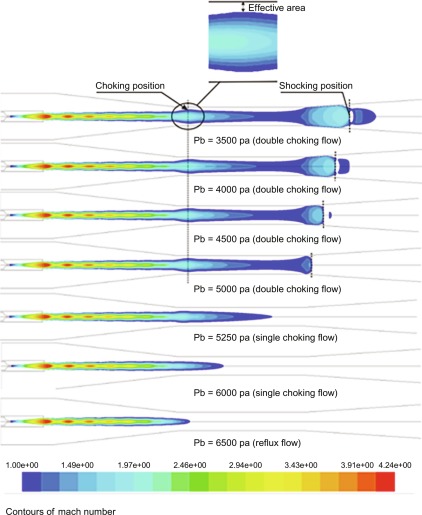Reynolds Number


The Reynolds number (Re) is a dimensionless quantity used in fluid mechanics to predict laminar or turbulent flow patterns. It's calculated by dividing inertial forces by viscous forces, and a higher Re indicates a greater dominance of inertia, suggesting turbulence.
Here's a more detailed explanation
What it is: The Reynolds number is a ratio that helps engineers and scientists understand the behavior of fluids in motion.
Why it's important: It allows for predicting whether a fluid flow will be smooth and layered (laminar) or chaotic and mixed (turbulent).
The Formula
The Reynolds number is calculated using the following formula: where:
- ρ (rho) = fluid density
- V = fluid velocity
- L = characteristic length (e.g., pipe diameter, object length)
- μ (mu) = fluid dynamic viscosity
Laminar Flow
Characterized by smooth, layered flow where fluid particles move in parallel paths.
Turbulent Flow
Characterized by chaotic, irregular flow with mixing and eddies.
Transition
The Reynolds number helps determine the point at which flow transitions from laminar to turbulent.
Applications
- Engineering: Designing pipes, channels, and other fluid systems.
- Aerodynamics: Understanding airflow around aircraft wings and other shapes.
- Hydraulics: Studying water flow in rivers and canals.
- Biology: Analyzing blood flow in the circulatory system.
Examples
- Low Reynolds number: In a slow-moving stream of water, the flow is likely to be laminar.
- High Reynolds number: In a fast-moving river, the flow is likely to be turbulent.
Critical Reynolds Number
The Reynolds number value at which flow transitions from laminar to turbulent depends on the geometry and conditions of the flow.
- For flow over a flat plate, the critical Reynolds number is around 500,000.
- For flow in a pipe, the critical Reynolds number is around 2,000.
Dimensionless Nature
The Reynolds number is a dimensionless quantity, meaning it has no units. This allows for comparison of fluid flow behavior across different systems and fluids.
Particle Reynolds Number
A variation of the Reynolds number that describes the flow around a particle, using the particle's diameter and velocity as the characteristic length and velocity.
Magnetic Reynolds Number
A similar concept used in magnetohydrodynamics to describe the interaction between magnetic fields and fluid flow.

